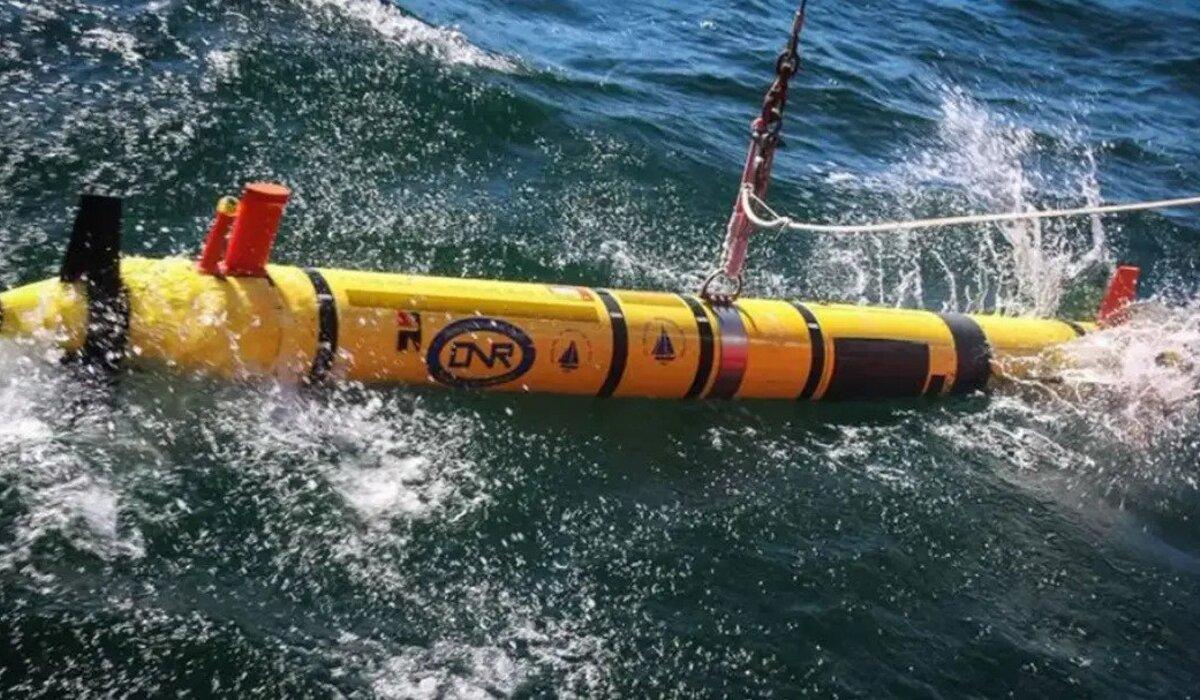This year, NATO (North Atlantic Treaty Organization) had a special event called “Dynamic Messenger” to try out some new technology in the ocean. They tested machines that can go underwater without people on them and use super-fast 5G internet to talk to each other. They did this near Tróia, Sado River, and the Sesimbra Peninsula in Portugal. This test helped NATO countries see if this new technology works well.
Sixteen NATO countries were there, including Belgium, Canada, Denmark, France, Germany, Turkey, Greece, Italy, Latvia, the Netherlands, Norway, Poland, Spain, Sweden, the U.K., and the U.S. Other countries like Japan, New Zealand, and South Korea sent people to watch.
They used three underwater robots that can think for themselves (AUVs), two robots that go underwater without people (UUVs), one robot that goes on the surface by itself (ASV), eight robots that go on the surface without people (USVs), and thirteen other flying robots.
A NATO military person said, “Using underwater robots and super-fast 5G internet underwater has a lot of potential.”
Making places where 5G works underwater, especially for the military, is something new. They want to make it easy for different machines, sensors, vehicles, and devices that use 5G to talk to each other when they’re far away. A company called Lockheed Martin is working on this for the U.S. Marines.
Lockheed Martin got a job in 2021 to work on a special 5G network project called OSIRIS. The second part of this project will see if it works well for military missions. Experts in ocean warfare think that 5G could make underwater systems better without harming the environment by digging trenches for cables.
The “Dynamic Messenger” test was used to see if underwater robots can protect important things under the sea. They also wanted to see if robots with people and robots without people can work together for fighting with mines. They talked about the importance of guarding big groups of ships and defending against flying robots without people. They also checked if it’s possible to do fast and efficient sea-to-land operations from ships.
“In addition to furthering the understanding of maritime unmanned systems, Dynamic Messenger 2023 contributes to NATO’s efforts to become a Multi-Domain Operations-enabled Alliance, bolstered by Digital Transformation. Notably, the exercise will broaden NATO’s understanding through consultation and collaboration with industry, enabling a deeper understanding of Multi-Domain Operations. This exercise will also enhance data management, tailoring the tactical, operational, and strategic pictures in accordance with the Alliance’s broader Digital Transformation objectives,” explained NATO in a press release.
“UAS such as Scheibel’s Camcopter S-100 and [Portuguese-made] Ogassa OGS42 provided outstanding persistent air surveillance capability while others such as the Spanish Kaluga DS USV allowed for covert identification of suspicious surface activity,” another NATO official participating in the exercise told Defense News
“Autonomous underwater vehicles such as the Gavia [manufactured by Teledyne Marine] and its side scan sonar allowed for the detection of anomalies and informed decisions on how to best deal with potential threats or disruptions to critical underwater infrastructure,” the military official added.

